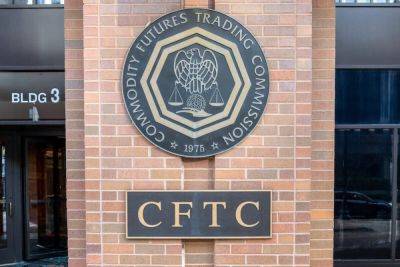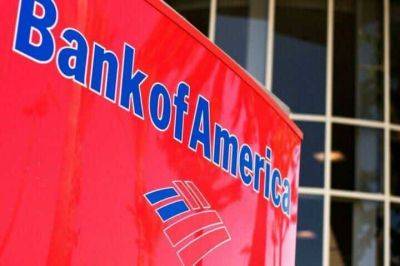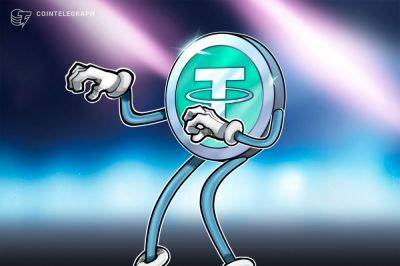Stablecoins ‘not a safe store of value’ — BIS
The Bank of International Settlements (BIS), a coalition of the world’s central banks, criticized stablecoins as being “not a safe store of value” in its latest research report dated Nov. 8.
In outlining its reasons, the BIS explained that from January 2019 to September 2023, fiat-backed stablecoins maintained their peg ratio only 94% of the time, less than the 100% often promised in projects’ white papers. Meanwhile, the peg ratio for crypto-backed and commodity-backed stablecoins was far less at 77% and 50%, respectively.
“Only seven fiat backed stablecoins have been able to keep their deviations from the peg below 1% for more than 97% of their life span,” the BIS wrote. Both Tether (USDT) and USD Coin (USDC) met this standard. However, “All other fiat-backed stablecoins temporarily lost their pegs more frequently and with much larger deviations,” the financial institution continued.
The BIS also warned that some stablecoin issuers do not solicit independent certified public accountants to examine their reserves. For those who do, the reserve reports often do not follow a common reporting standard. “Due to this lack of clarity, it is unclear whether these stablecoins would be able to convert users’ stablecoins at par on demand, and what the financial stability implications would be of a potential run,” the entity stated.
In March, Circle’s USDC briefly depegged over 10% from its 1:1 exchange rate with the U.S. dollar after its reserve deposits became temporarily stuck in the failed Silicon Valley Bank. The stablecoin has since recovered its par value.
Lack of data about users & uses of #stablecoins makes it difficult to ascertain the risks they pose to the smooth functioning of payment systems & financial stability, which
Read more on cointelegraph.com






















